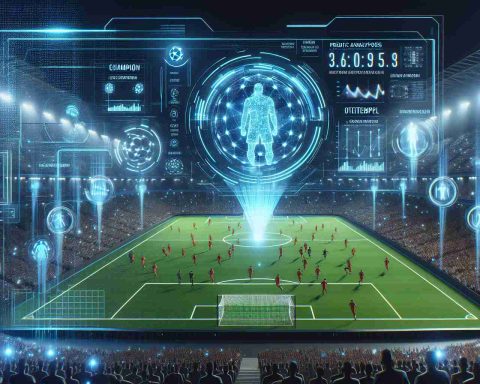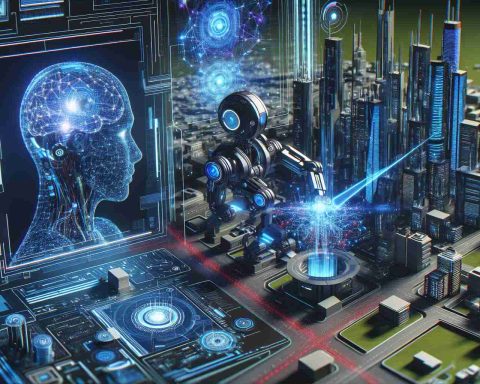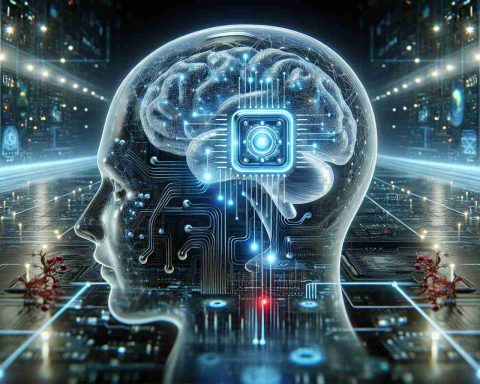Researchers have developed a groundbreaking artificial intelligence model that has the capacity to forecast criminal activities, according to Tech Xplore. Initiated by a South Korean research institute focused on electronics and telecommunications, this sophisticated system is designed to analyze video footage and assess real-time crime risks.
Dubbed “Déjà Vu,” the technology learns from existing video data, behavioral patterns, and various statistics to make its predictions. It assesses multiple elements and contrasts public behavior with that of known offenders to identify potential crime hotspots.
This AI model stands out due to its ability to differentiate between various types of offenses. During testing phases, it demonstrated impressive accuracy, forecasting numerous crimes with over 82% precision. Additionally, the system can monitor specific individuals, proactively working to prevent repeat offenses.
However, “Déjà Vu” employs a contentious method known as “individualized recidivism prediction,” which is specifically directed at individuals deemed to be at high risk for committing future crimes. The AI will track these individuals’ movements, ensuring they adhere to location restrictions, such as those under house arrest or early release.
While monitoring these individuals, the technology can also evaluate their behavioral patterns, calculating the likelihood of reverting to criminal activities. The research team aims to implement “Déjà Vu” as a safety measure in high-risk areas such as airports and major public events. A commercial version of the model is slated for release by the end of 2025.
AI Model Predicts Crime Trends in Real Time: A Deeper Dive into “Déjà Vu”
As technology continues to advance, the integration of artificial intelligence in public safety is also on the rise. The newly developed AI model “Déjà Vu” promises to revolutionize how law enforcement anticipates and responds to crime, but it comes with a set of complexities and ethical debates.
What is the core functioning of the “Déjà Vu” AI model?
The system harnesses the power of machine learning algorithms to analyze a vast array of data points. By integrating video surveillance, crime statistics, social media activity, and demographic information, “Déjà Vu” can create a predictive analysis of crime trends in real time. This multidimensional approach helps law enforcement agencies allocate resources more effectively and intervene before crimes occur.
Key Questions Addressing the AI’s Impact and Implementation:
1. How accurate is the “Déjà Vu” model?
While the model has demonstrated an accuracy rate exceeding 82% during trials, the real-world performance may vary due to numerous external factors, such as changing societal behaviors and legal adjustments.
2. What are the ethical implications of tracking individuals?
Continuous monitoring of individuals, particularly those labeled as high-risk, raises significant civil liberties concerns. Questions surrounding privacy and potential abuse of power loom large, necessitating robust oversight and clear guidelines.
3. How will the model adapt to evolving crime patterns?
An important aspect of the model’s effectiveness lies in its ability to learn from new data. Periodic updates to its algorithms will be essential to ensure it remains relevant amidst shifting trends in criminal behavior.
Key Challenges and Controversies:
Despite its promising features, “Déjà Vu” faces skepticism from civil rights advocates who argue it could perpetuate biases within the criminal justice system. There are concerns that reliance on predictive policing could disproportionately target minority communities, leading to over-policing and erosion of public trust.
Advantages of AI Crime Prediction Models:
– Proactive Deterrence: By identifying potential crime hotspots, law enforcement can intervene before crimes are committed, fostering safer communities.
– Efficient Resource Allocation: Agencies can prioritize their deployment strategies based on predicted needs, optimizing workforce and financial resources.
– Data-Driven Approach: Utilization of vast datasets leads to informed decision-making compared to traditional policing methods reliant on intuition or experience.
Disadvantages and Risks:
– Potential for Injustice: Over-reliance on algorithm predictions can stigmatize individuals and communities, leading to wrongful profiling.
– Skill Gaps in Interpretation: Adequate training is necessary for law enforcement personnel to interpret AI-generated insights correctly, as misinterpretation could lead to poor decision-making.
– Technological Limitations: The model’s dependency on the quality and availability of data means inaccuracies in data can result in flawed predictions.
In conclusion, while the “Déjà Vu” AI model holds the potential to transform crime prevention and intervention strategies, it also raises pivotal questions about ethics, fairness, and the place of technology in public safety. Ongoing discourse will be crucial in shaping how such tools can be beneficial without compromising individual rights.
For more insights on emerging technologies in law enforcement, visit Tech Xplore.

















